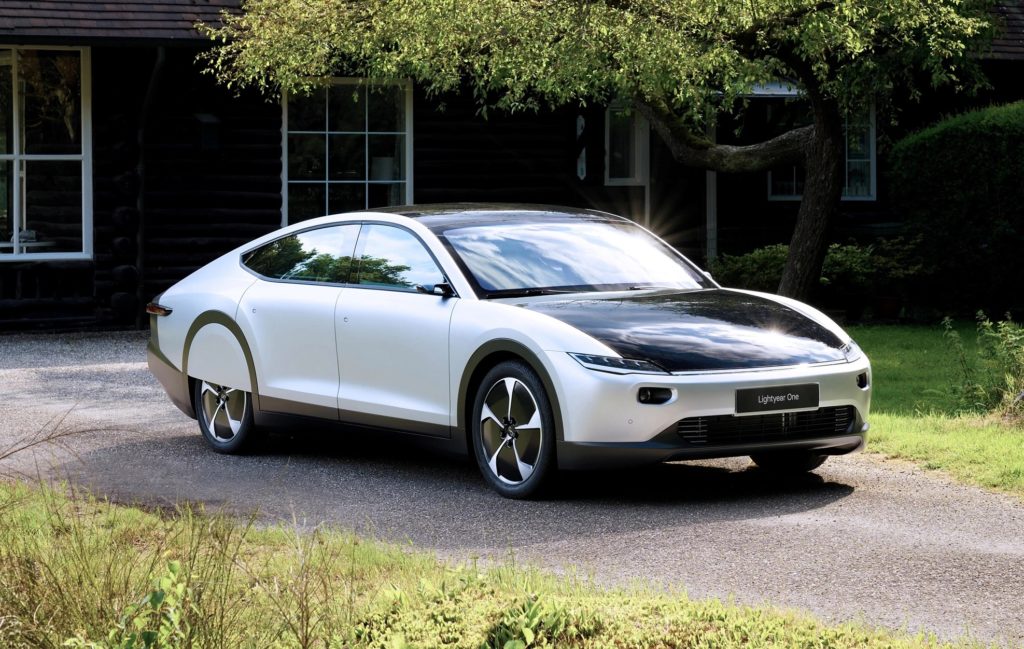Science-based company Royal DSM and car company Lightyear are joining forces to incorporate solar roofs into electric vehicles. The challenge for the innovation has been about discovering a system that is adequately efficient for the EV, but these two companies are confident they’ve achieved this.
Lightyear bewildered viewers at Goodwood Festival of Speed with its sleek and solar-panel-covered Lightyear One, back in 2019. This car, which has a range of 725 km and five square meters worth of solar panels, is expected to start production in 2021.
Now, with Royal DSM on its side, Lightyear is looking to jointly scale the commercialisation of its unique solar-powered roof for the mainstream electric vehicle market. Lightyear estimates that its technology can provide around 70 to 90 per cent of an “optimised” car’s annual mileage. Certainly, most EVs are not optimised to Lightyear’s standards, but some extra mileage wouldn’t do any harm.
Lightyear joins a global mission to provide EV manufacturers with tech that would eliminate range anxiety. From wireless technology to autonomous charging robots, vehicle brands and start-ups are all trying to make the buying of EVs more appealing.
The companies are teaming up to assess the wide market, starting with projects for customers from the automotive and public transport sector, where extending range would be most required. What makes DSM’s solar roof stand out is that all the solar cell wiring that is required has been engineered to put on the back of the solar panel. Hiding the cabling that conventionally stays next to the solar cells makes every centimetre on the front of the solar panel available for capturing sunlight, thus making it more efficient. DSM calls its solar roof ‘lossless’ and says decluttering even makes the panels more stylish now that the wires are tucked away.
With the value of the global EV market projected to reach $800-plus billion by 2027, it’s no surprise that Lightyear has some competition. Newcomers like Triton’s Model H promises to have a solar panel on the roof, while veterans like Toyota teamed up with Sharp and NEDO to add solar technology to existing models.
EVs with solar power harvesting capabilities could be an imminent reality. It may be a reality that many will not be able to afford however, with the Lightyear One expected to start at about $170,000. However, if bigger manufacturers do join forces with DSM and Lightyear, you may have panels on your bonnet and roof before you know it.
